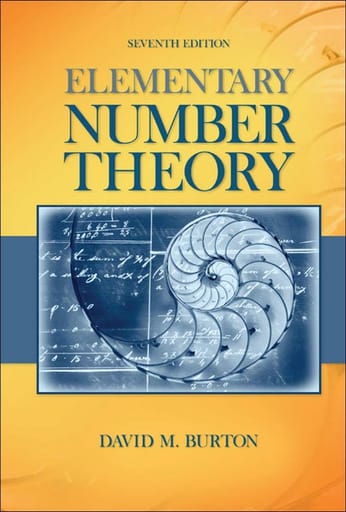Solution
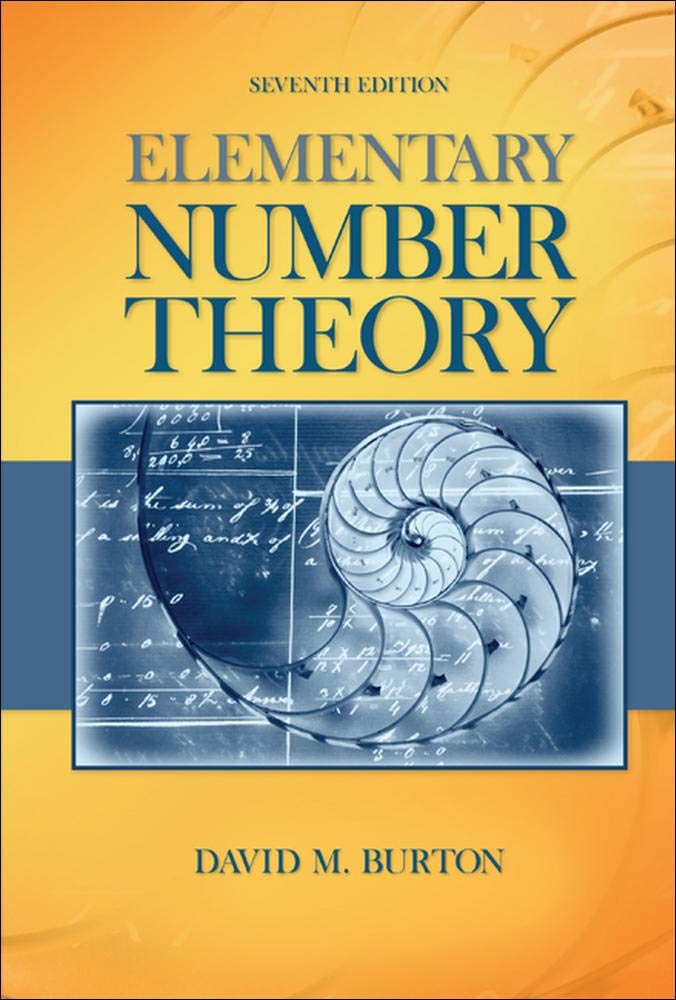
Elementary Number Theory Problems 3.3 Solution (David M. Burton's 7th Edition) - Q20 Paid Members Public
My Solution for "If $p$ and $p^{2} + 8$ are both prime numbers, prove that $p^{3} + 4$ is also prime."
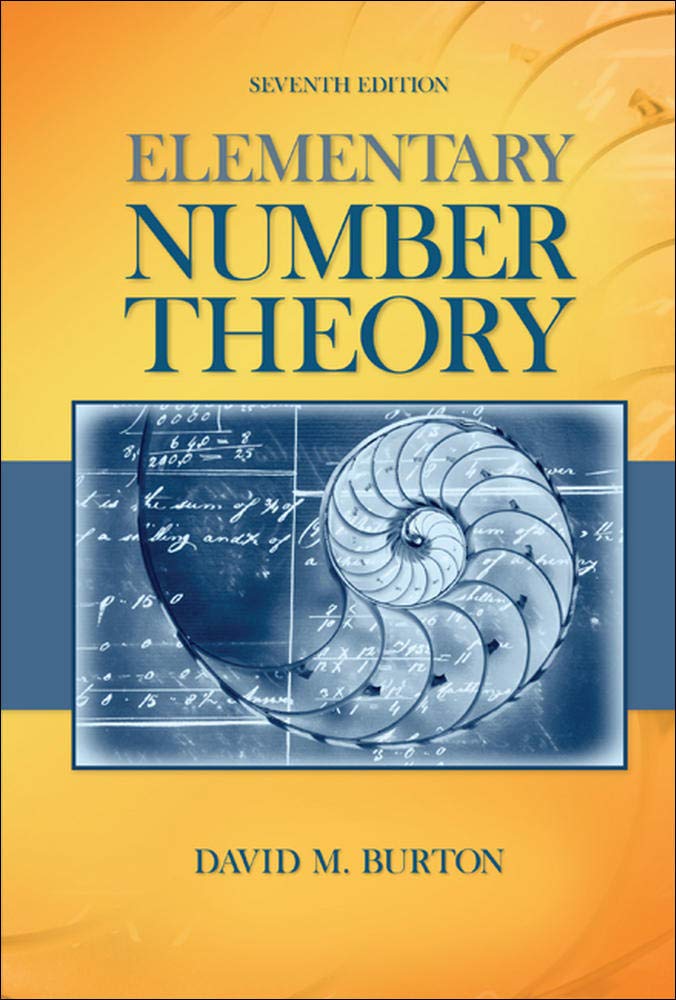
Elementary Number Theory Problems 3.3 Solution (David M. Burton's 7th Edition) - Q19 Paid Members Public
My Solution for "In $1950$, it was proved that any integer $n > 9$ can be written as a sum of distinct odd primes. Express the integers $25$, $69$, $81$, and $125$ in this fashion."
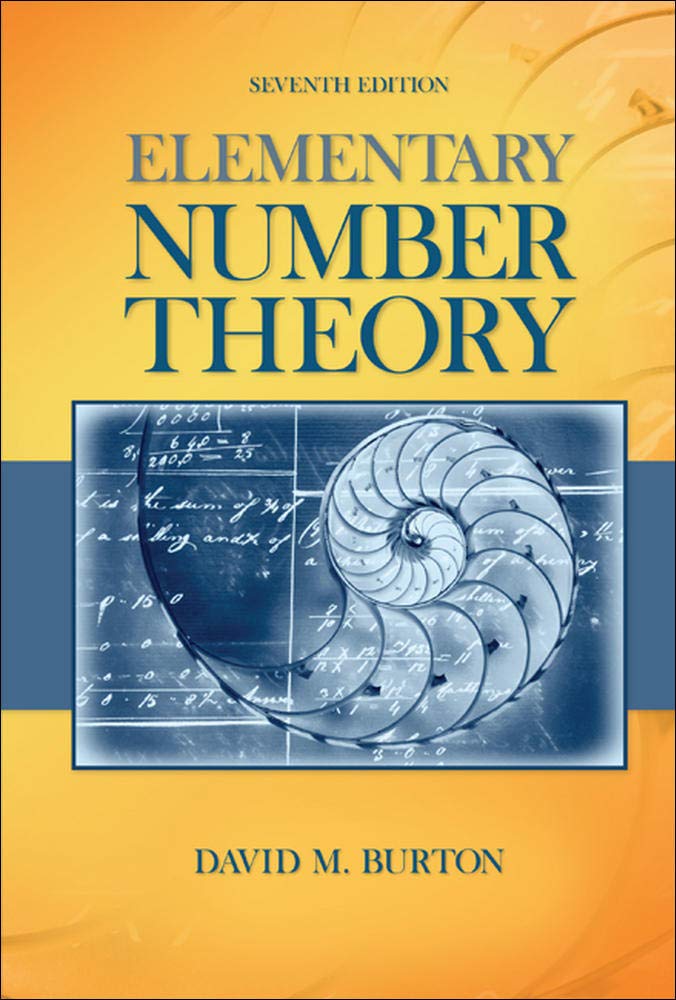
Elementary Number Theory Problems 3.3 Solution (David M. Burton's 7th Edition) - Q18 Paid Members Public
My Solution for "(a) If $p$ is a prime and $p \not \mid b$, prove that in the arithmetic progression $$a, a + b, a + 2b, a + 3b, ...$$ every $pth$ term is divisible by $p$. [Hint: Because $gcd(p, b) = 1$, there exist integers $r$ and $s$ satisfying $pr+ bs = 1$....] "

Elementary Number Theory Problems 3.3 Solution (David M. Burton's 7th Edition) - Q17 Paid Members Public
My Solution for "In $1848$, de Polignac claimed that every odd integer is the sum of a prime and a power of $2$. For example, $55 = 47 + 2^{3} = 23 + 2^{5}$. Show that the integers $509$ and $877$ discredit this claim."
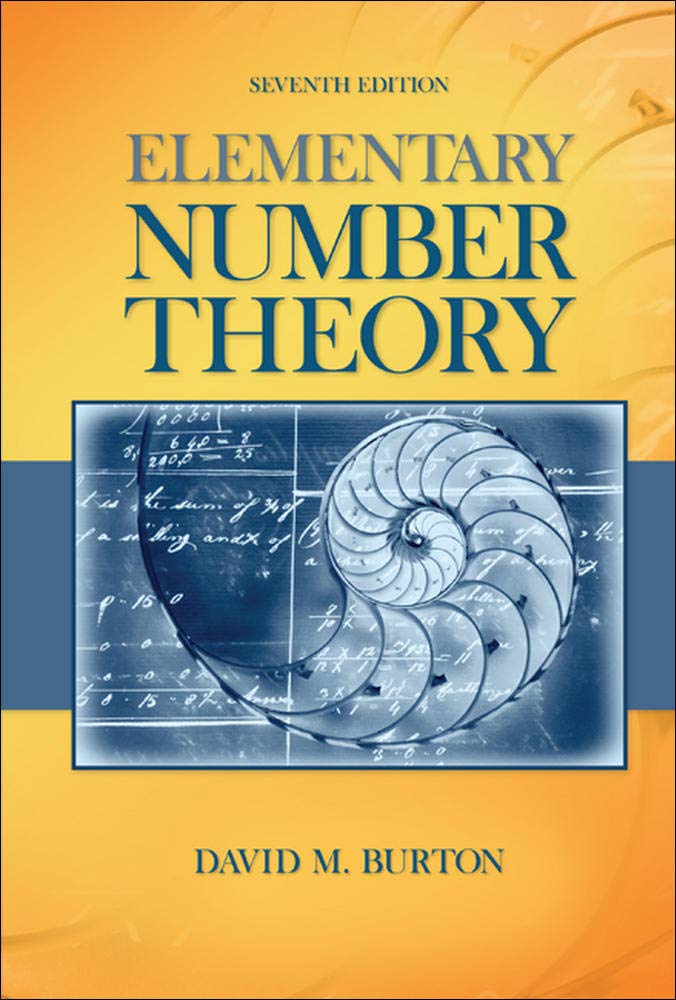
Elementary Number Theory Problems 3.3 Solution (David M. Burton's 7th Edition) - Q16 Paid Members Public
My Solution for "Let the sequence of primes, with $1$ adjoined, be denoted by $p_{0} = 1, $p_{1}$ = 2, $p_{2}$ = 3, p_{3} = 5, ....$ For each $n \geq 1$, it is known that there exists a suitable choice of coefficients $\epsilon_{k} = \pm 1$ such that ...
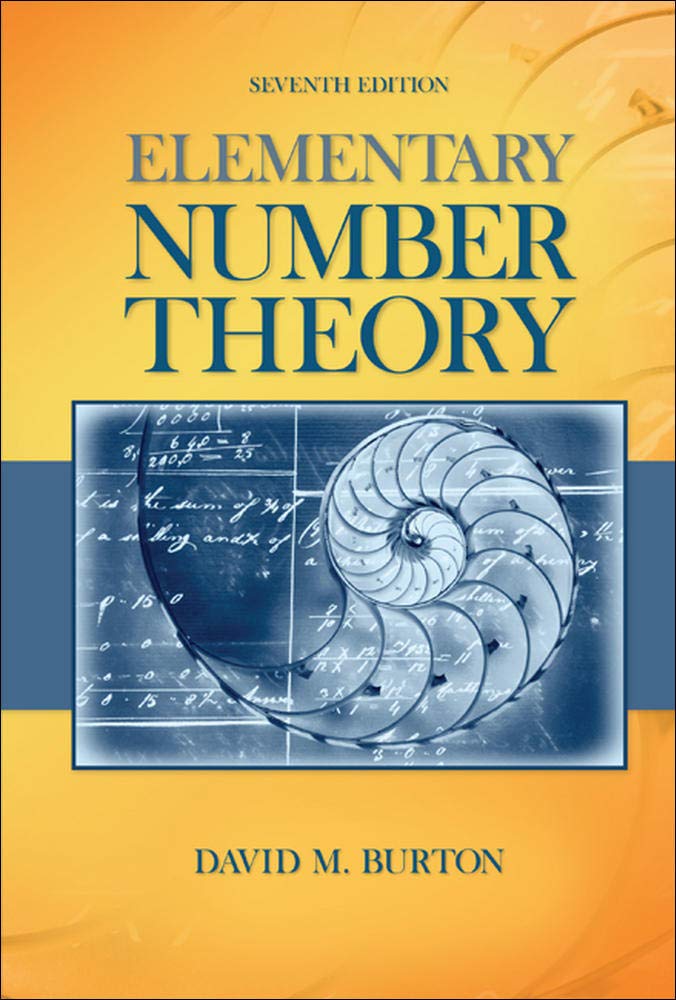
Elementary Number Theory Problems 3.3 Solution (David M. Burton's 7th Edition) - Q15 Paid Members Public
My Solution for "Another unanswered question is whether there exists an infinite number of sets of five consecutive odd integers of which four are primes. Find five such sets of integers."

Elementary Number Theory Problems 3.3 Solution (David M. Burton's 7th Edition) - Q14 Paid Members Public
My Solution for "Find a prime divisor of the integer $N = 4(3 \cdot 7 \cdot 11) - 1$ of the form $4n + 3$. Do the same for $N = 4(3 \cdot 7 \cdot 11 \cdot 15) - 1$. "
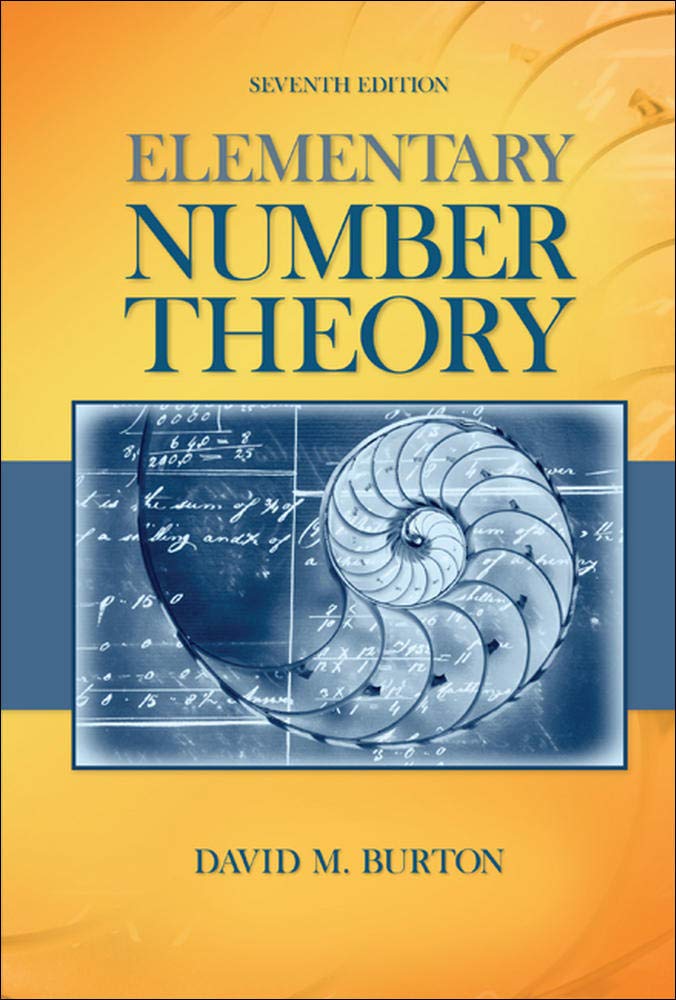
Elementary Number Theory Problems 3.3 Solution (David M. Burton's 7th Edition) - Q13 Paid Members Public
My Solution for "Apply the same method of proof as in Theorem 3.6 to show that there are infinitely many primes of the form $6n + 5$."
